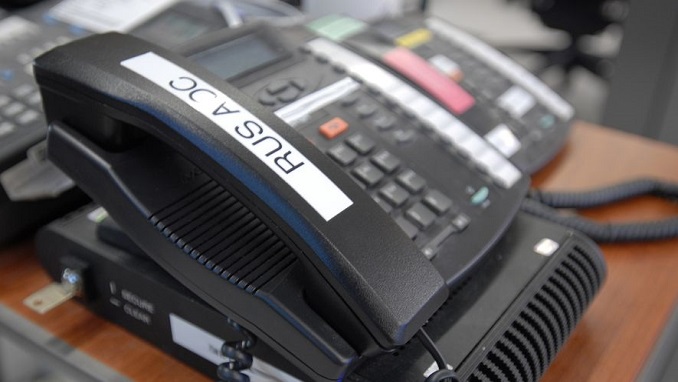
A communications hotline created between the militaries of the United States and Russia has been used only once so far.
The line was set up after Russia first invaded Ukraine months ago. It connects the U.S. military’s European Command and Russia’s National Defense Management Center.
The United States initiated a call through the “deconfliction” line to communicate its concerns about Russian military operations near critical infrastructure in Ukraine.
The deconfliction line is just one of several ways the U.S. and Russian militaries still have to communicate.
Few details are known about the one incident that led to the line being used. While officials from the U.S. have not specified which Russian activity raised the alarm, there have been publicly acknowledged incidents where the Russian military was fighting around critical infrastructure in Ukraine that could have warranted its use.
It was not, however, used when an errant missile landed in NATO-member Poland on Nov. 15, killing two people. The blast was likely caused by a Ukrainian air defense missile but Russia was ultimately responsible because it started the war in late February, NATO said.
There are other ways to communicate between the U.S. and Russia in addition to the deconfliction line.
Other military channels include rare high-level talks between U.S. Defense Secretary Lloyd Austin and Russian Defense Minister Sergei Shoigu.
The top U.S. and Russian generals, U.S. Army General Mark Milley and Russian General Valery Gerasimov have also spoken on two occasions since the war started. So too have White House national security adviser Jake Sullivan and CIA Director Bill Burns spoken with Russian officials.
U.S.-Russia relations are at their lowest point since the Cold War.
The U.S. State Department said that Moscow postponed talks in Cairo aimed at resuming nuclear weapons inspections. The Russian foreign ministry confirmed the talks were postponed. Neither side provided a reason.

Be the first to comment